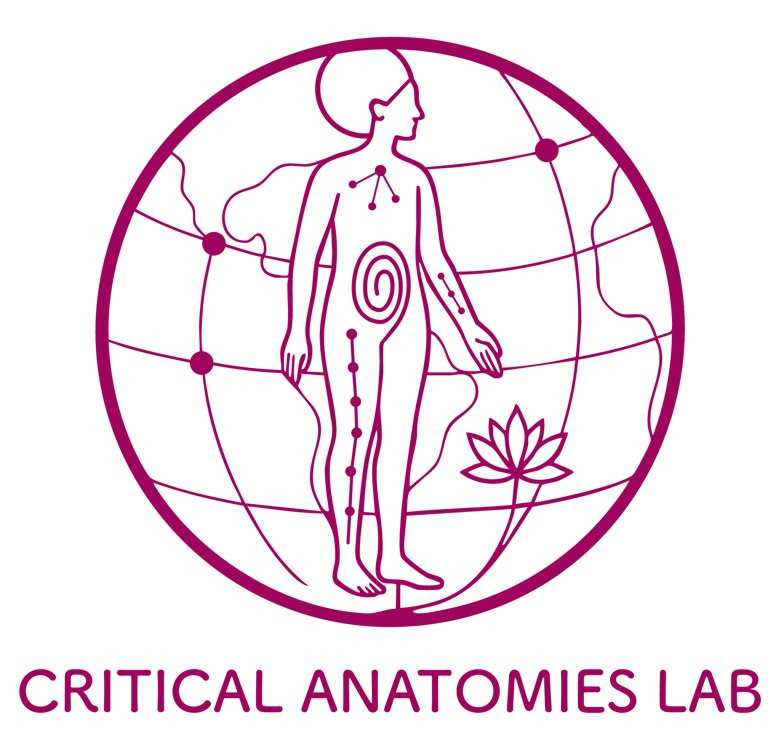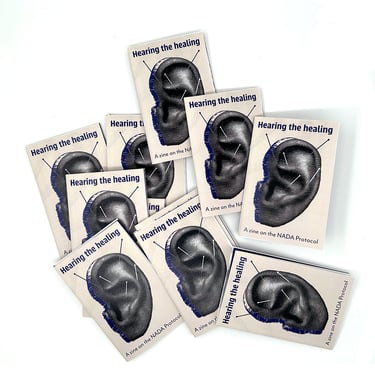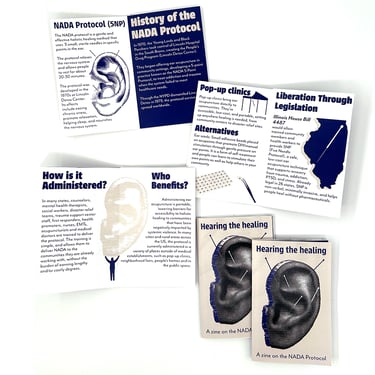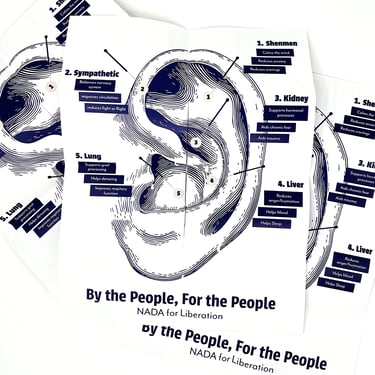
Building on the foundation that strong communities are indispensable to improve people’s well-being, and that building and strenghtening communities is an intentional process that can be co-created through design, the Critical Anatomies Lab brings visibility to and collaborates with the radical, generous and emancipatory service model of Community Acupuncture.
If you are not familiar with acupuncture, or community acupuncture, I invite you to read the content in this page, and then explore the interconnections of this healthcare model with design practices, and the projects we have advanced in the lab, in collaboration with community acupuncture clinics.
What is acupuncture?
Acupuncture is a safe, gentle, and effective way to relieve pain, tension, and stress, improve sleep, and promote good health. Acupuncture is non-chemical and non-invasive. Side effects often include relaxation, an increased sense of well-being, and an enhanced body awareness. In a nutshell (or a meme), this is the best description of it.
Acupuncture involves inserting very thin needles into specific points on the body to induce relaxation, and support the body’s natural healing processes. The points are located alongside the body's meridians (images on the right). The visualization of the meridians shows how acupuncture treats the body as fully interconnected and interdependent.
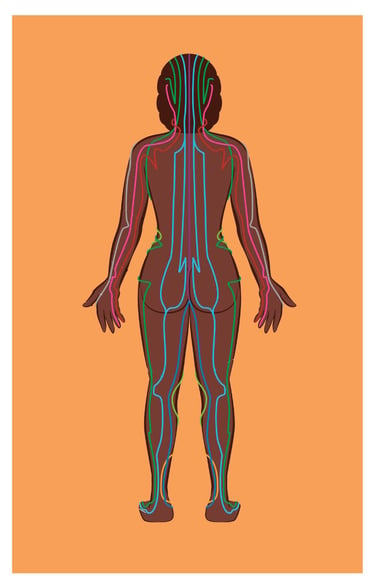

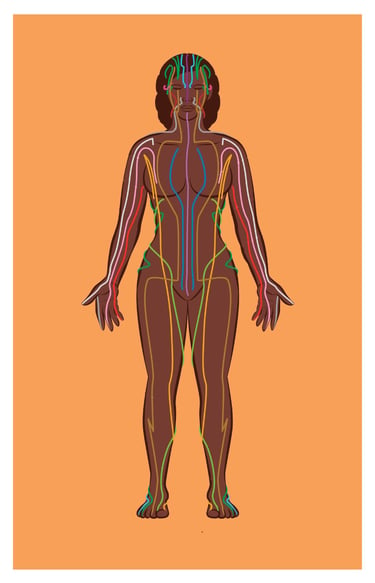

Visualization of meridians in acupuncture
Find answers to common questions about acupuncture here.
What is community acupuncture?
Community acupuncture is a model that makes acupuncture accessible to the most marginalized. It offers affordable treatments in shared spaces on a sliding scale. Accessibility and affordability in acupuncture are crucial, since getting frequent and regular treatments is the key to health improvement.
Community acupuncture is unique for many other reasons. The group setting creates a special healing atmosphere that benefits everyone. The clinics are rare spaces to rest!
These are also spaces where we develop a specific kind of relationship with acupuncturists. They accompany people on their journey to health, tapping into each person’s strengths and autonomy. Indeed, before the term trauma-informed care gained traction, community acupuncturists were already offering inclusive, nonjudgmental, and compassionate care, particularly to working-class and poor communities.
This model disrupts power structures within healthcare by prioritizing accessibility and empowerment. Through the sliding scale, community acupuncture resists the commodification of health and reflects trust in people to decide what they can afford.
Operating within today’s healthcare landscape, community acupuncture navigates bureaucratic constraints, institutional politics, and the economic realities of providing low-cost care in a profit-driven system.
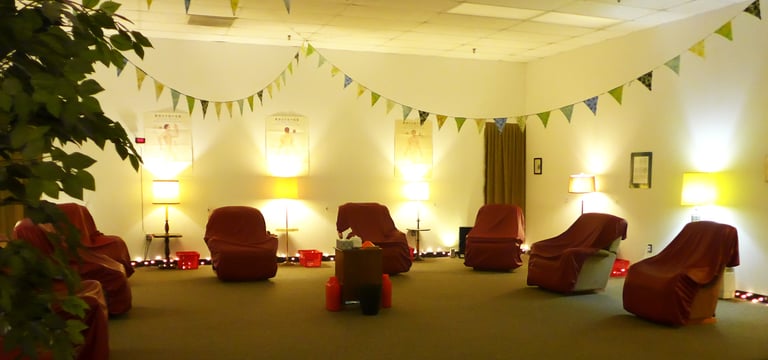

Urbana Acupuncture - Community acupuncture clinic in Urbana, IL
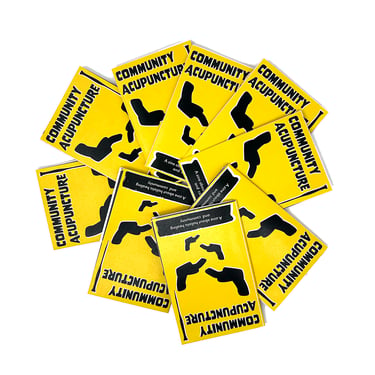
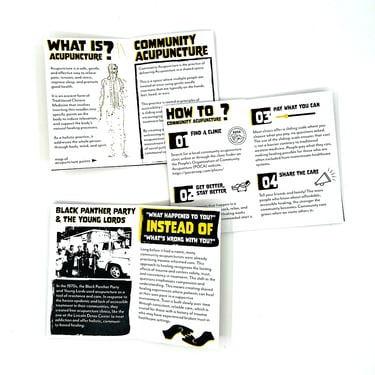
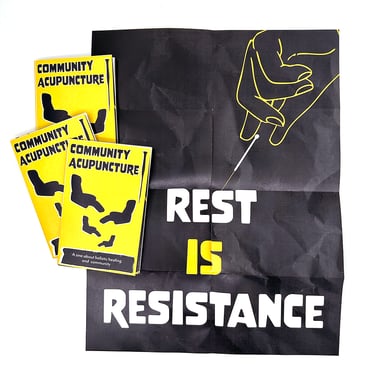
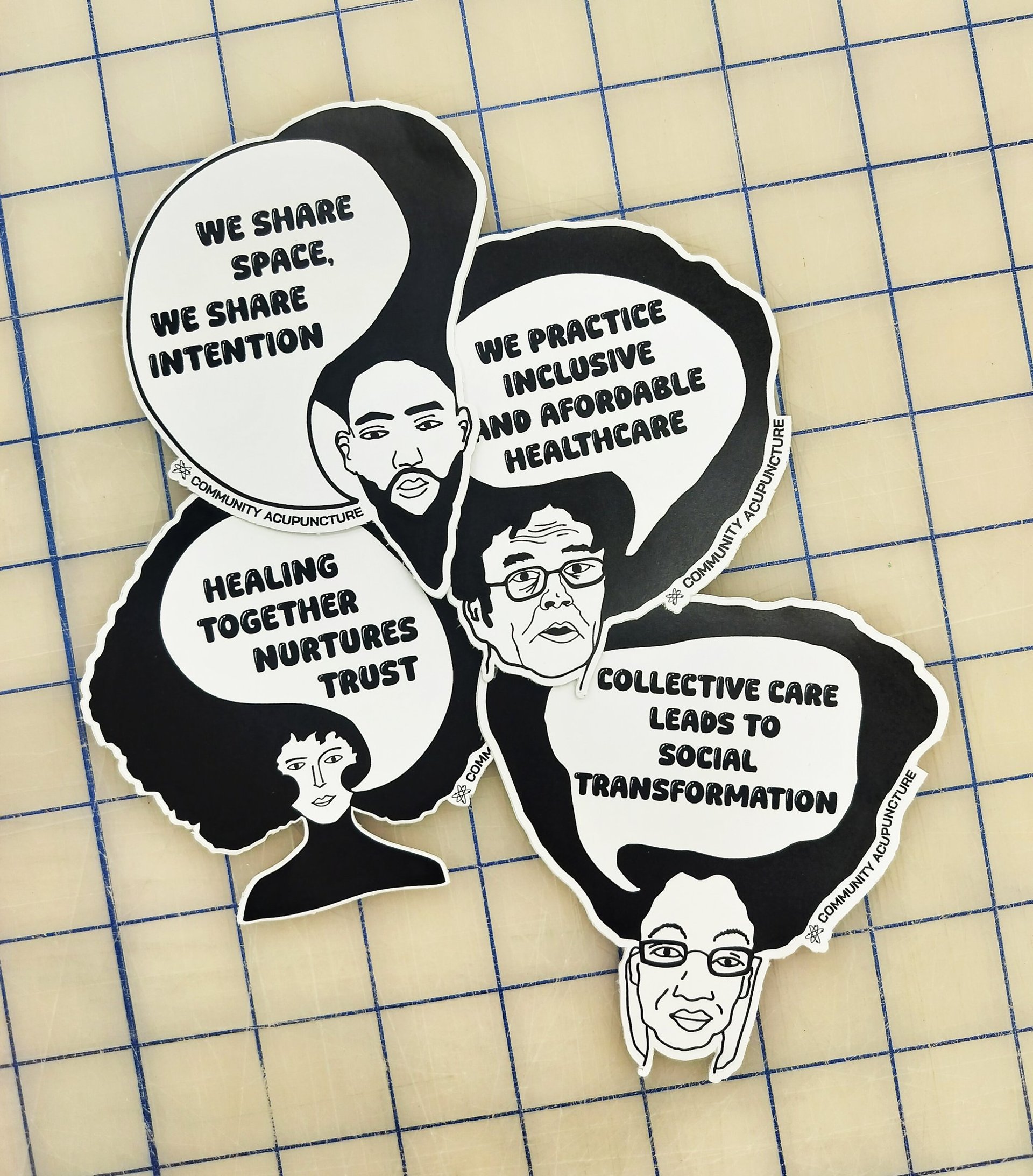
The history
Resources
The Young Lords and the Black Panthers took control of Lincoln Hospital in the South Bronx in 1970, and they created the People’s Drug Program, also known as the Lincoln Detox Center. In response to the heroin epidemic and lack of accessible treatment in their communities, they created free acupuncture clinics, like the one at the Lincoln Detox Center to treat addiction and offer holistic, community-based healing.
In addition to addressing other aid needs that the state did not meet, they began to offer acupuncture of the ear in community settings. By the people, for the people. From there came a 5-point acupuncture protocol to treat addiction and trauma.
Dope is death [Documentary]
Working Class Acupuncture [Website]
Acupuncture as Revolution [Book]
Bringing Acupuncture to the people [Photo Essay].
Acupuncture is like noodles: The little red (Cook)book of working class acupuncture
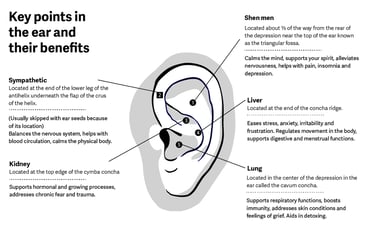
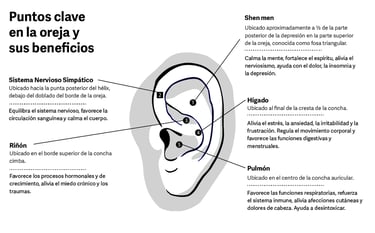


Lincoln Detox Center was dismantled in 1979 by the New York Police Department. But the 5 points (known as the NADA 5 Point Protocol) continues to be used widely today as a tool for healing from the wounds created by capitalist America and white supremacy.
